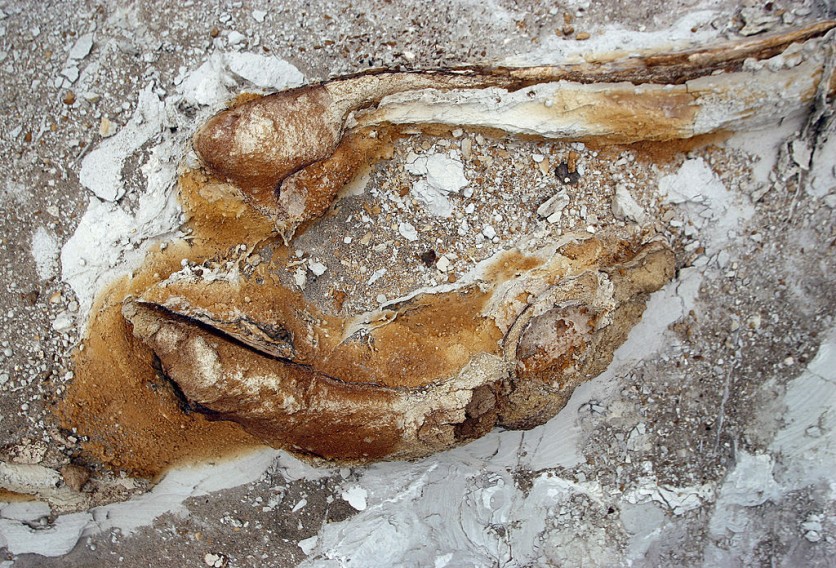A group of archaeologists has unearthed 3,500-year-old ice skates made of animal bone. This intriguing archaeological find was uncovered in Northwest China's Xinjiang Uygur Autonomous Region, according to a report by Global Times.

Bone-made Ice Skates
The skates were discovered within a high-society tomb in the Ili River Valley, and they were made of cattle and horse bones. According to the team, they resemble the bone-made ice skates discovered in ancient Europe.
According to researchers, the discovery is unmistakable proof of a connection between China and Europe over the Eurasia continent during the Bronze Age, even though why people in Xinjiang skated on ice is still unknown.
It is worth noting that the origin of skiing is already acknowledged on a global scale by Xinjiang. Chinese archaeologists can now pinpoint the origins of another winter sport in the nation thanks to the discovery of ancient ice skates, the first of its kind to be found in China.
At the grave site, there were additional remnants of 40 wooden vehicles comprising solid wood wheels, shafts, axles, and carriages.
The tomb was found near the Bronze Age Gaotai Ruins in Nilka county, Xinjiang, and experts believe it belonged to a wealthy herding family.
Crucial Bronze Age Find
"Judging by the scattered pieces, we believe that these wooden wagon parts were deserted by their owners, and detached on purpose, and buried during establishing the tomb," Ruan Qiurong, head of the excavation team at the site, said in a statement quoted by the Global Times.
Ruan said that the finding of the tomb would be useful in understanding the burial culture and social structure at the end of the Bronze Age.
Following years of excavation, researchers are confident that the Gaotai Ruins were a high-class burial place for a herding civilization.
500 more cultural artifacts have been found at the excavation site, including pottery, stone jars, bronze wares, and animal bones.
The Jiren Taigoukou Ruins were found in Qialege'e village in the Ili River Valley. They include the Gaotai Ruins, a 120 square meter stone-made tomb complex, and a residential area about 1,000 meters from the tomb, according to Global Times.
In related news, archaeologists in Israel found new evidence of trephination, a procedure that involves cutting a hole in the human skull in as early as the late Bronze Age. They discovered the remains of two upper-class brothers who lived in the ancient city of Megiddo, Israel, around the 15th century B.C.
Click here to learn more about this intriguing archaeological story.
Related Article : Archaeologists Find an Extremely Rare 1,300-year-old Gold and Gemstone Necklace From a Medieval Woman in England

ⓒ 2025 TECHTIMES.com All rights reserved. Do not reproduce without permission.




